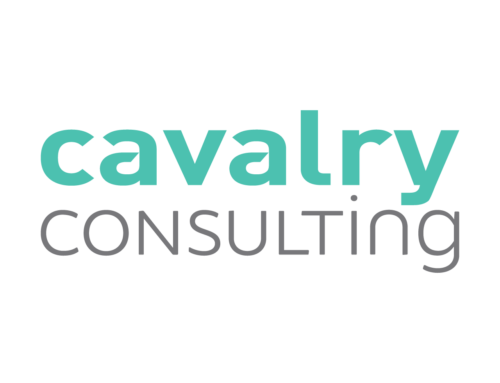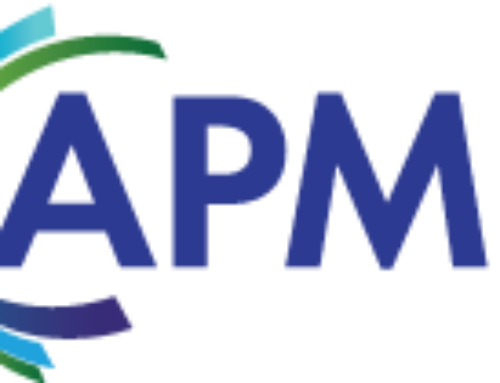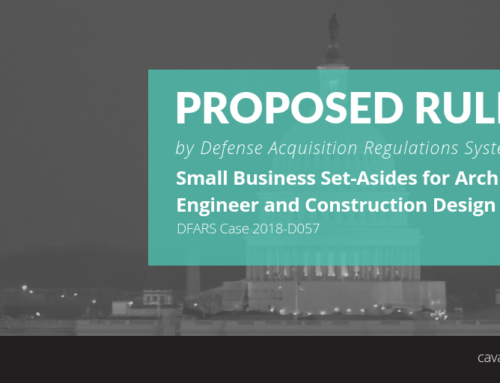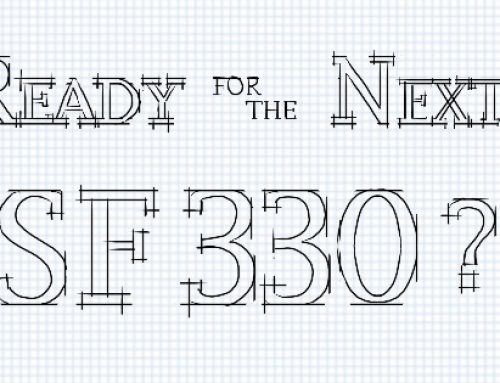
You have all heard the expression “Work smarter, not harder.” When I graduated from NCSU with a degree in Industrial engineering, this expression had been a major theme throughout my studies, since I.E. focuses on improving efficiency throughout the manufacturing process. The concept of “working smarter” may have originated with manufacturing, but there’s no doubt it applies to other industries, and it especially applies to the world of federal contracting.
At the beginning of my engineering career, I performed Time and Motion studies at a General Motors assembly plant In Baltimore. Part of my job was to find ways to allow workers to do their jobs more efficiently and safely by carefully analyzing their work area. For example, in the Brake & Axle Area, I could see that making a simple adjustment to the location of parts and tools in relation to the work area would significantly improve the efficiency of the brake and axle assembly. By documenting processes like this over the next few years, I moved into the field of technical writing, and the “work smarter, not harder” mentality came right along with me. And when I ultimately entered the arena of federal contracting and proposal writing, this approach turned out to be a real lifesaver.
There are many ways to get a proposal across the finish line … you can work smarter, or you can work harder. In the deadline-driven world of federal contracting, you better know how to work smarter. So what does that mean? To my thinking, it means using tried and true processes each time … in Industrial Engineering these were termed “reliable processes.” For example, I prepare a compliance matrix for each and every proposal that crosses my desk. I never skip that step. It’s the foundation of every proposal that provides a common framework for the client and my team, regardless of whether the federal Request for Proposal is for the Navy, Air Force, Army, DHS, and so on. Every compliance matrix includes all details from the Instructions to Offerors (often “Section L”) and all evaluation criteria (“Section M”) side by side.
The matrix also includes a schedule for the proposal with all key milestones identified so the client can clearly see what is required and when. I include dates for events such as projects selected, first draft prepared, internal team review, bond ordered, teaming agreement prepared, etc. The schedule must be followed; although my job is to provide a winning proposal for the client, that becomes a nearly impossible feat if review/edit cycles are ignored or delayed repeatedly. There’s not much I can do to force a client to follow the schedule, but it at least sets the expectations and accountability from the outset.
At Cavalry, our goal is simple. Write winning proposals for our clients. And to do that efficiently and successfully, we have relied on a basic but very powerful engineering concept: Work smarter, not harder. Check back for other blog posts on how Cavalry can help you win federal contracts!







Leave A Comment